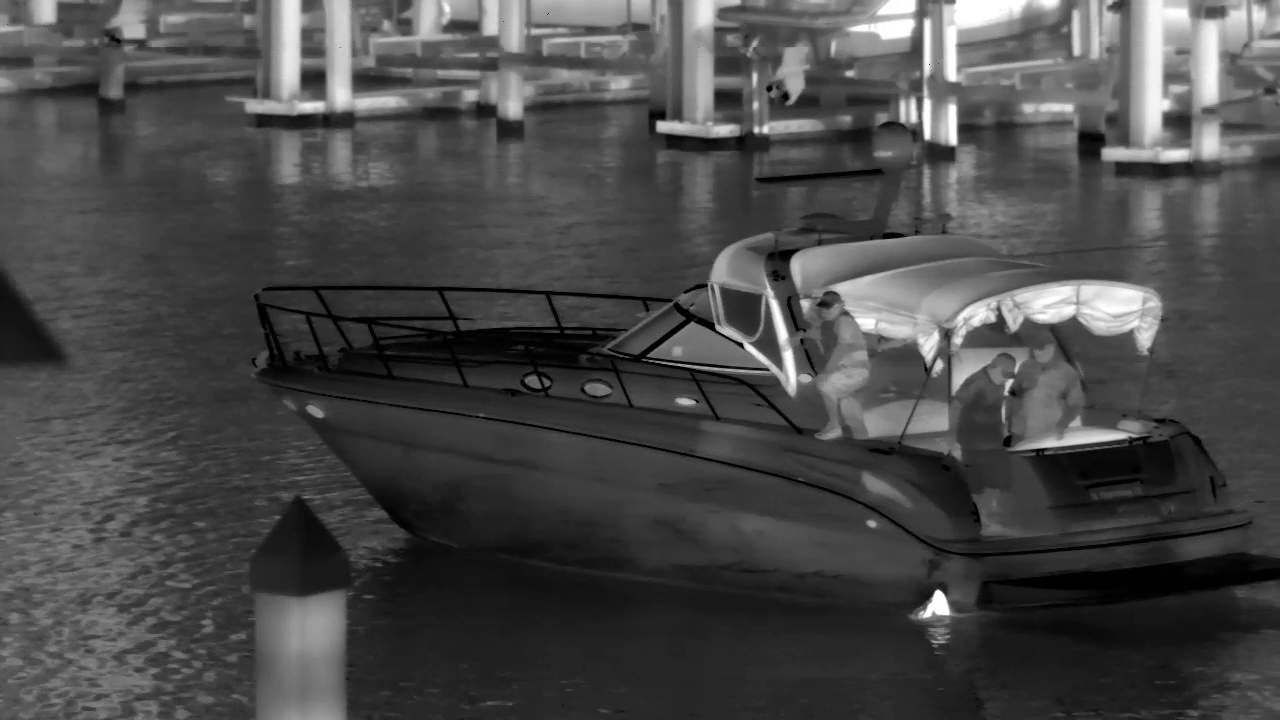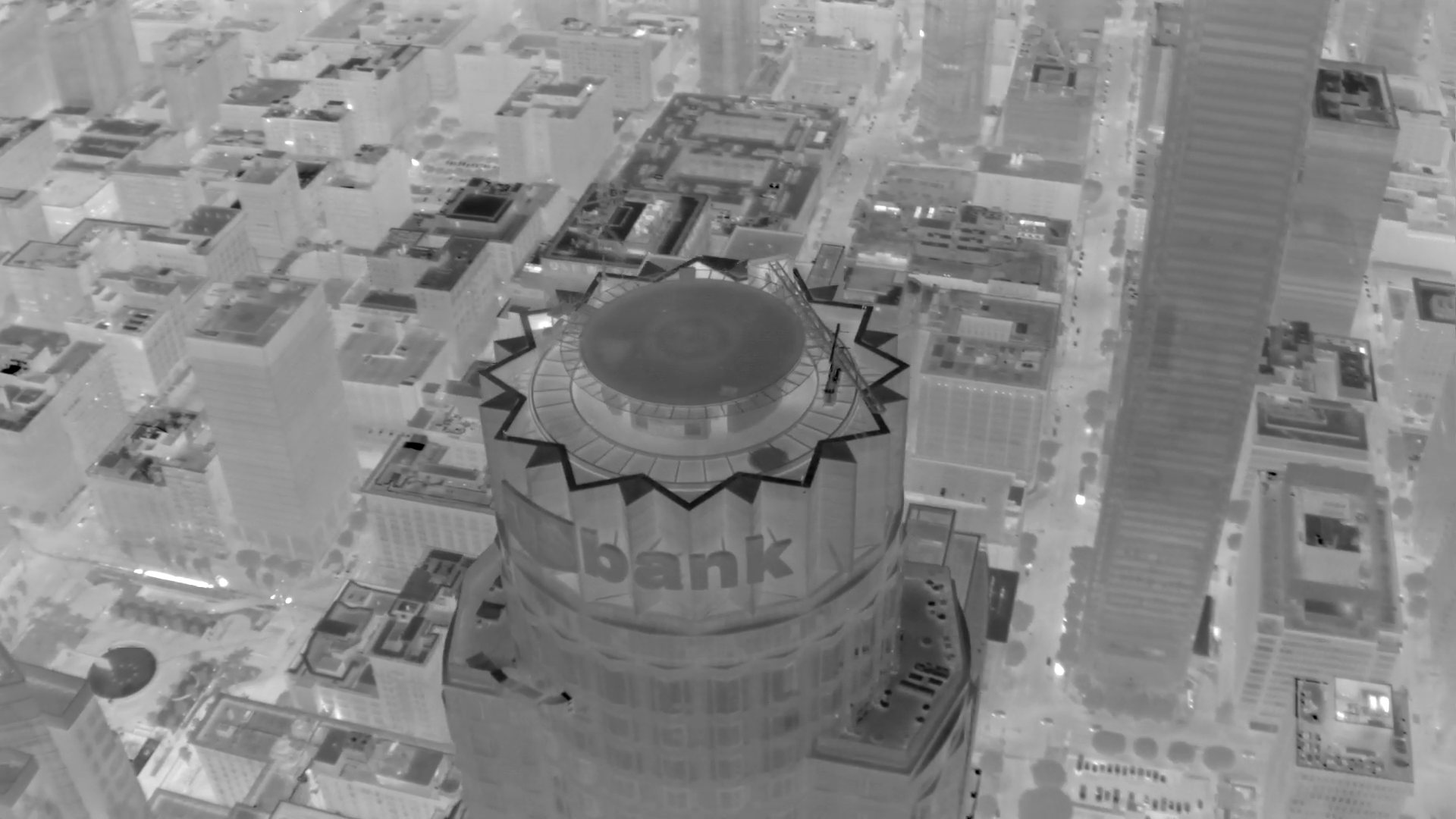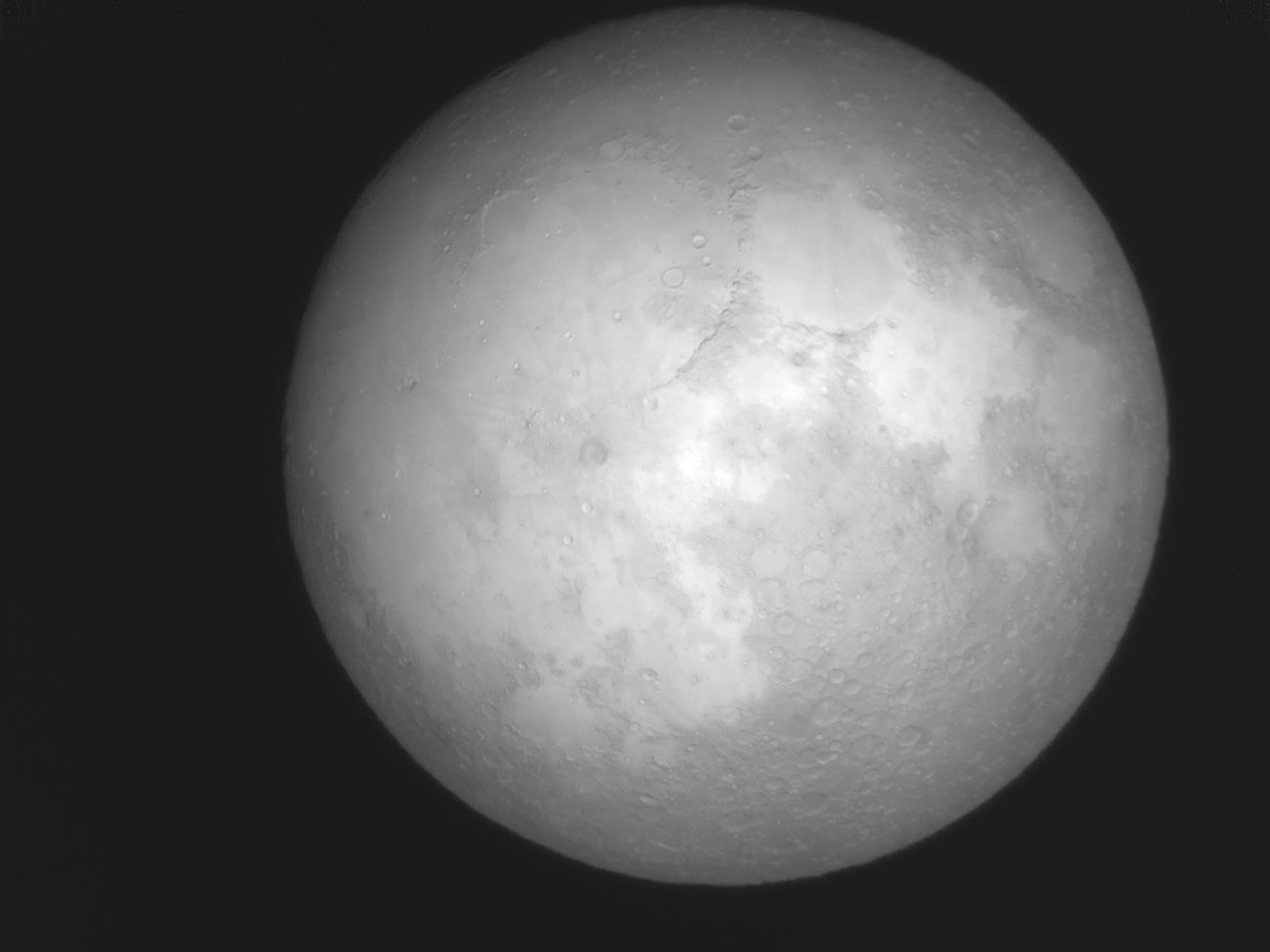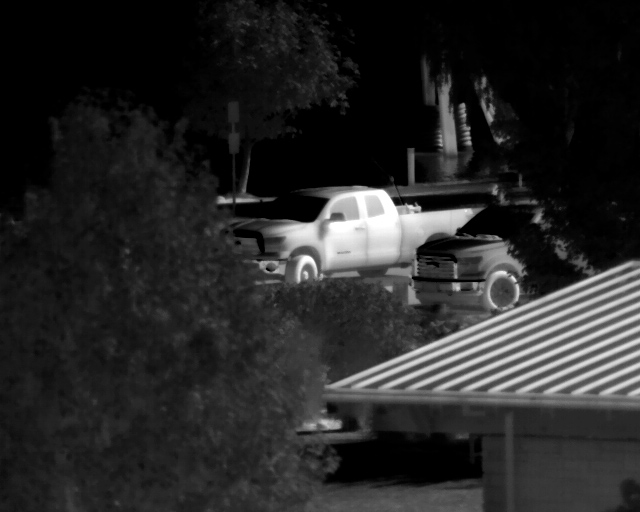Creating a fully functional OEM infrared camera that can be integrated into gimbals, military, marine, or security surveillance systems is a complex endeavor
Chris Johnston, president of Sierra-Olympia Technologies, outlines the challenges and intricacies involved in developing infrared camera systems from the ground up. Individual components such as sensors and lenses are fairly easily identified, but marrying them in a way that maximizes their performance and fits in to your system architecture can be an incredibly difficult process.
One of the fundamental decisions when designing an infrared imaging systems is choosing the waveband. Most applications utilize response in the mid-wave infrared (MWIR) or long-wave infrared (LWIR) bands. MWIR cameras are typically used for high-performance applications require long-range imaging, and uncooled LWIR microbolometer cameras are well suited for intermediate or short-range applications, especially those demanding efficient size, weight, and power (SWaP).
Considerations for Mid-Wave Systems
Building a mid-wave imaging system starts with matching components such as sensors and lenses, ensuring key optical parameters like aperture size and back working distance align correctly. Small mismatches can result in significant image artifacts. These parameters must be built into a camera chassis design in a way that allows consistent manufacture and repeatable performance under small tolerances. At Sierra-Olympia, engineers design custom fixtures and mechanical assemblies to precisely align the lens and sensor, ensuring that light entering the optical system reaches the sensor’s input window and focuses correctly.
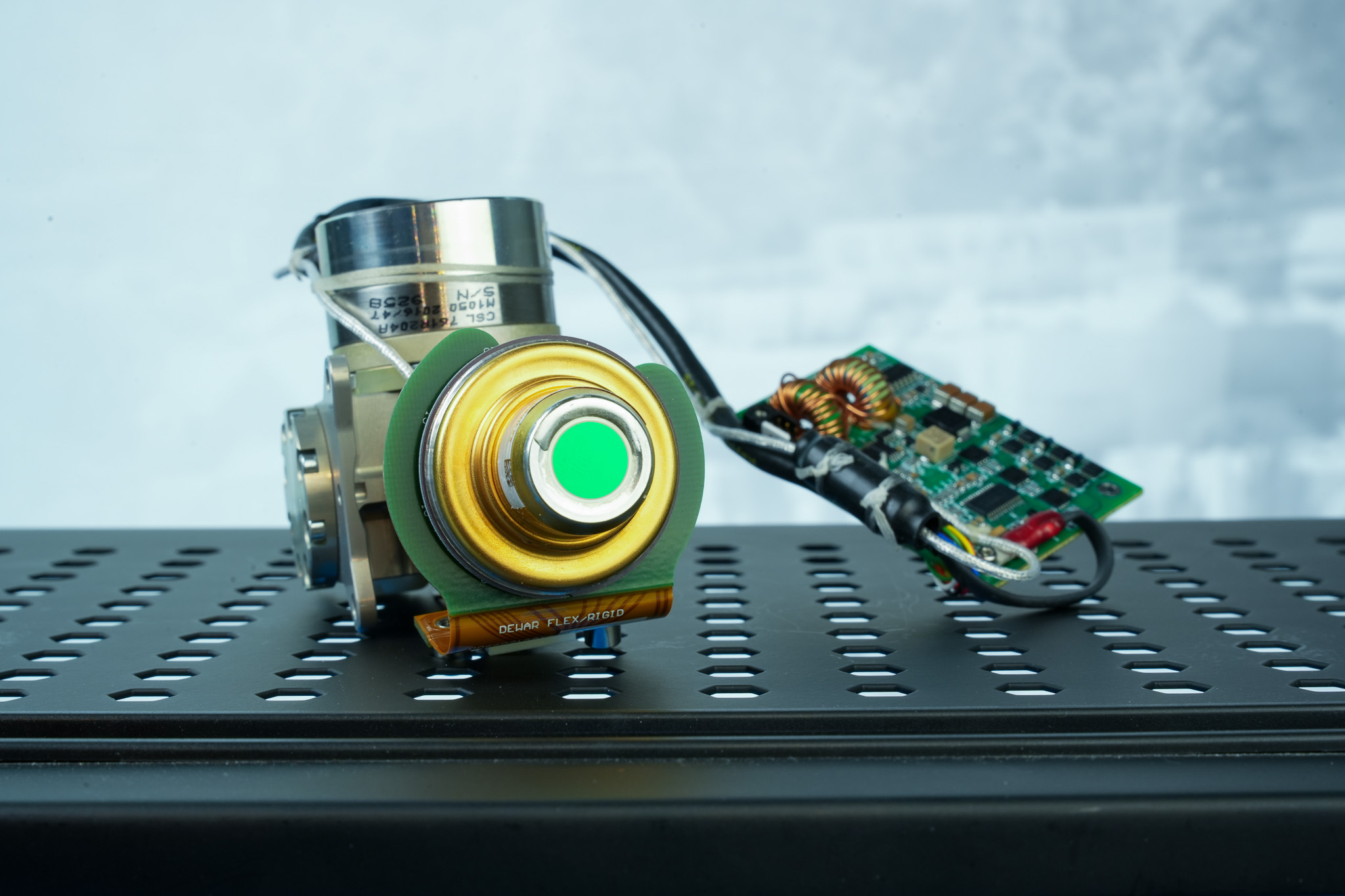

The electrical design is equally challenging. MWIR integrated dewar-cooler assemblies (IDCAs) are typically supplied with minimal interface documentation and a high degree of reliance on customer system design support for both the detector core and cooler. Signaling from the IDCA cores are often non-standard and must be conditioned and converted for use further down in a signal and processing chain. Further, imagery generated by the detector cores often require correction and calibration over operating temperature (taking into account the optical train) for best performance.
Considerations for Long-Wave Systems
Long-wave infrared cameras are typically more compact and often come with standard lenses. However, when considering custom lenses, the same design challenges apply. Integrating an uncooled sensor with a compatible long-wave zoom lens requires careful management of component specifications, mechanical assembly, and thermal considerations. With extensive experience resolving such issues, especially with highly complex continuous zoom systems, Sierra-Olympia has successfully developed and delivered thousands of thermal imaging systems.
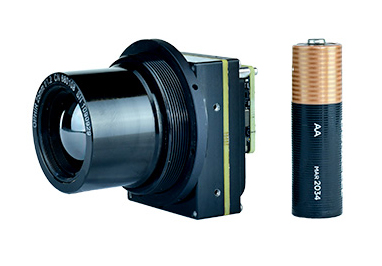
Test and Measurement of Infrared Systems
Testing and measurements are integral to building high-quality infrared cameras. Sierra-Olympia has heavily invested in a laboratory featuring specialized infrared test equipment to assess system resolution using various specialized metrics. A staff of experienced engineers and technicians develop, execute, and report test routines that carefully measure performance specifications of assembled systems on a unit-basis, allowing for delivery of high-quality optical systems and fast iteration of designs during the development process.
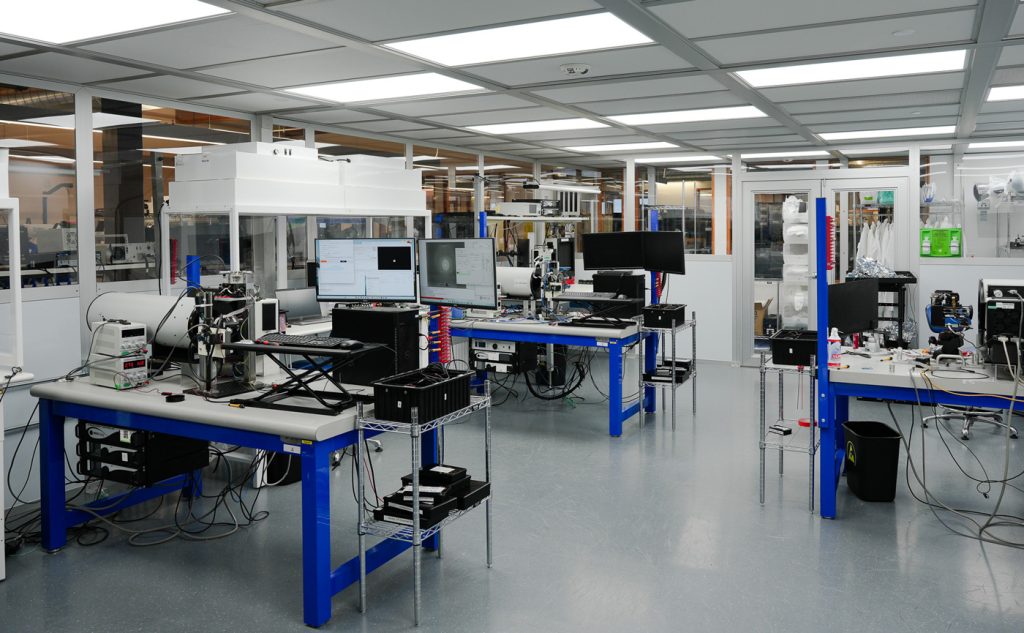
Our Experience
Ultimately, the goal is to deliver high-quality images that meet user requirements. While we can make extensive qualitative performance reporting, what matters most to end-users is image quality. Our team’s extensive experience enables us to understand and achieve optimal infrared images, even when off-the-shelf solutions fall short. Sierra-Olympia’s value lies in our ability to take on complex engineering challenges when resources do not allow for standing up new design, test, and manufacture routines. Over many dozens of camera designs, we are able to integrate components with minimal risk, ensuring customer success. By providing deep consultation and applying our knowledge of camera design, we help customers achieve successful integration and high-performance systems.
